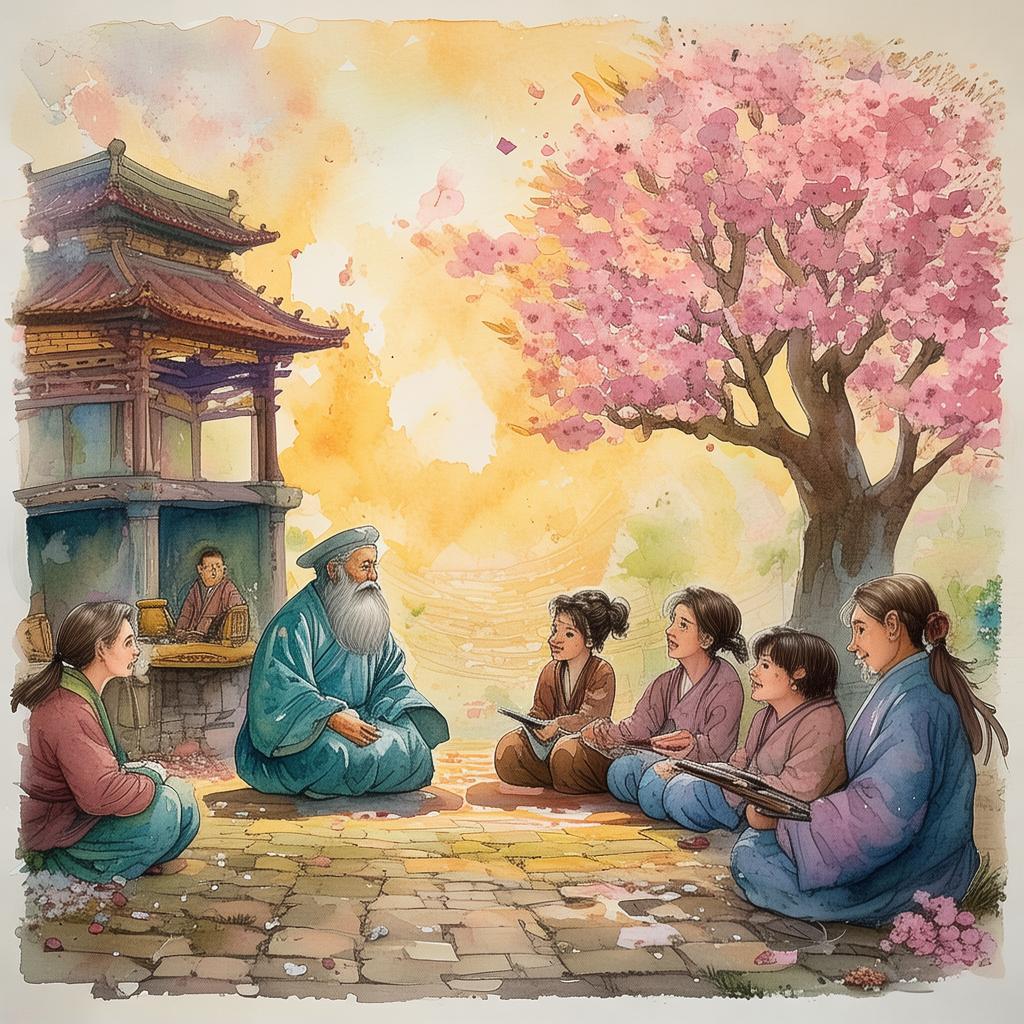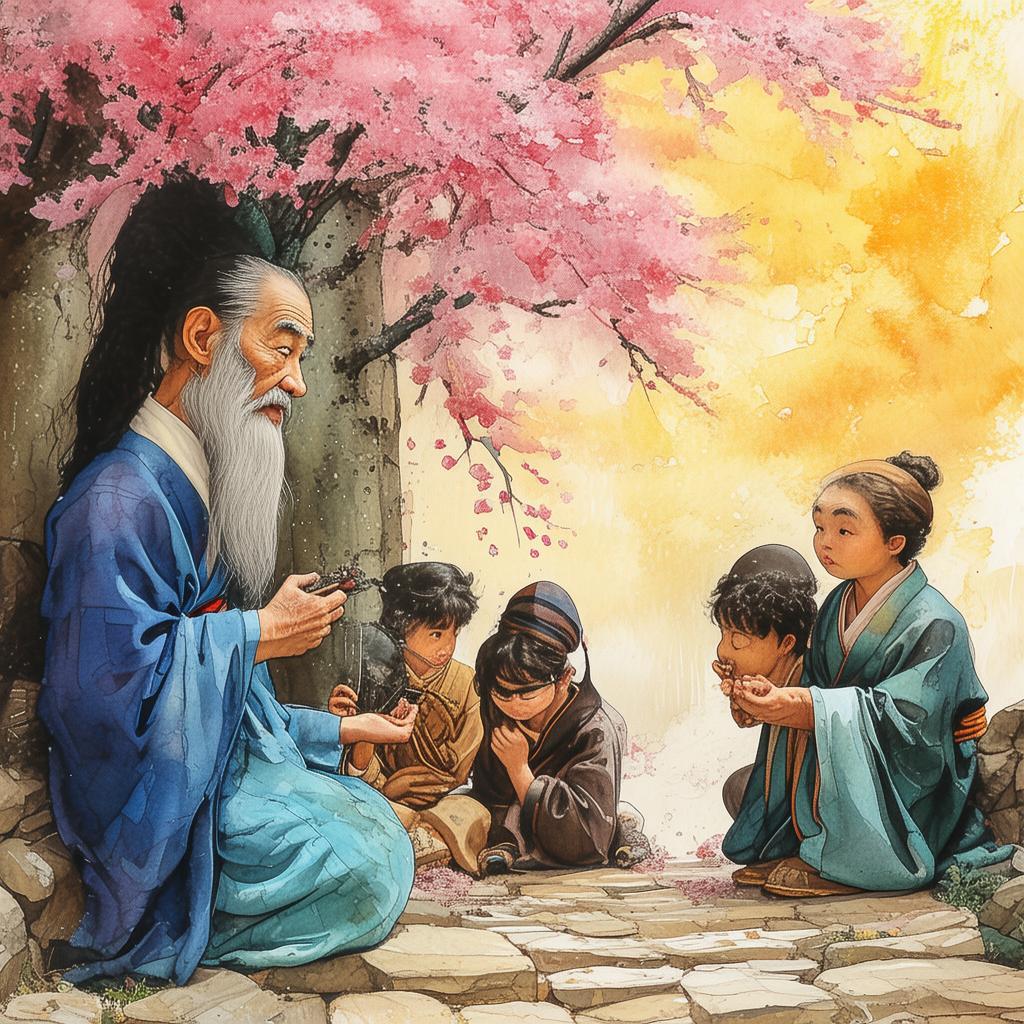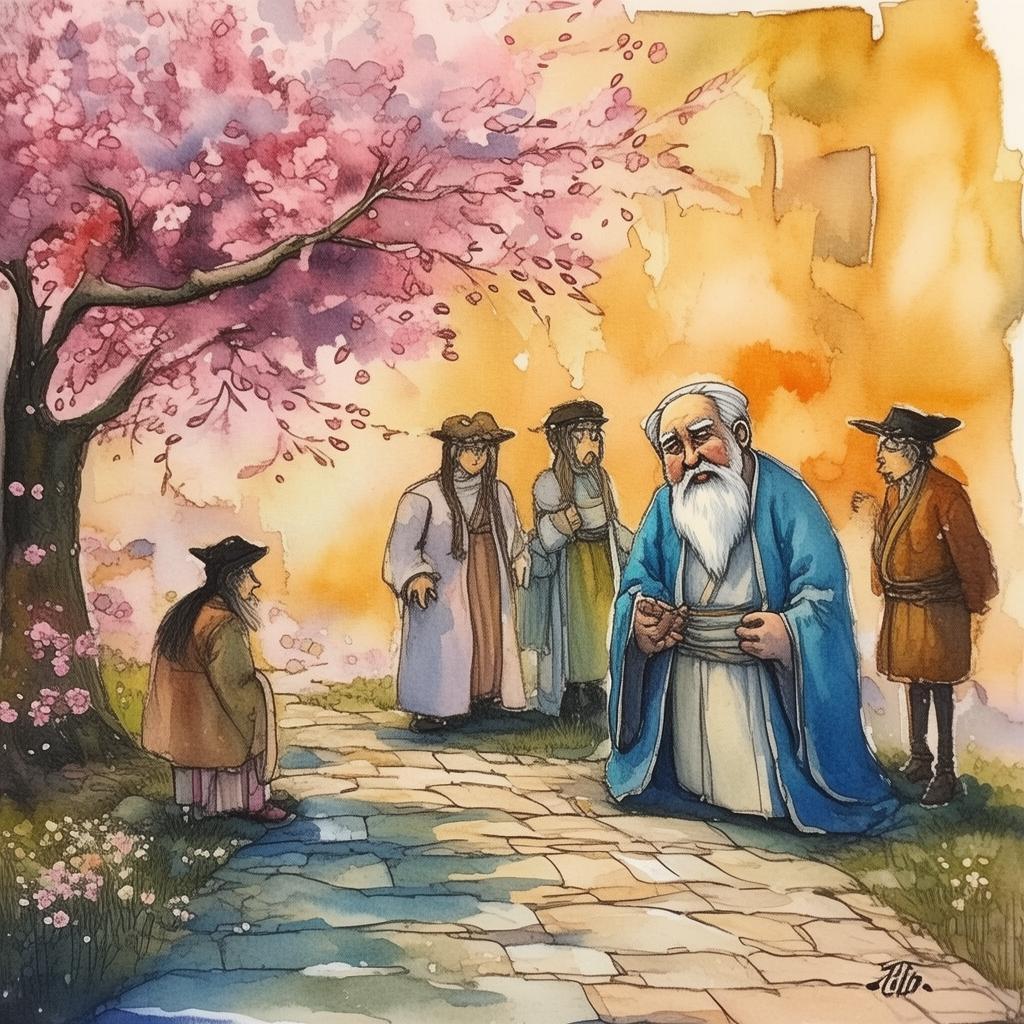The Luminous Whispers: A Tale of Oceanic Harmony
In the heart of the boundless Pacific, a young marine biologist named Li Mei found herself on a remote research station. She had dedicated her life to studying the delicate balance of marine life and the ocean’s secrets. Little did she know, her journey was about to intertwine with a tale older than the tides themselves.
One evening, as the moonlight reflected off the water, Li Mei's headphones crackled to life with a hauntingly beautiful sound. It was the song of the ocean, a symphony of whispers and roars, but unlike any she had ever heard. The melody was both soothing and unsettling, as if it carried within it the very essence of the sea.
"Are you hearing this?" she asked her colleague, Dr. Zhang, who was also a seasoned marine biologist.
Dr. Zhang's eyes widened in surprise. "Yes, but I've never heard anything like it. It's almost as if it's a language, but one that no human has ever understood."

The next day, Li Mei set out to find the source of the song. She traveled far, following the trail of the mysterious melody until she reached the edge of a vast coral reef. The water was teeming with life, and as she ventured deeper, she saw something extraordinary.
In the heart of the reef, a pod of whales emerged, their sleek forms gliding effortlessly through the water. They were singing, and the sound was the same one she had heard the night before. It was then that Li Mei realized she had stumbled upon something profound—a connection between these ancient creatures and a timeless tale of harmony.
As she listened, she became enveloped in the song's rhythm, and images from a distant past began to flicker through her mind. She saw a young Chinese fisherman, a descendant of the ancient seafarers, who had a special bond with the ocean. His name was Hong, and he was a master of a traditional Chinese art form called "Whale Talk," which allowed him to communicate with marine life.
Hong had learned the language of the whales from his father, who had learned it from his father, and so on, for generations. The art was a part of their culture, a bridge between humanity and the sea. It was a language of respect and coexistence, one that spoke of the ocean's ancient wisdom and the importance of harmony.
As Li Mei delved deeper into the tale, she discovered that the song was not just a melody; it was a warning. The ocean was calling out to humanity, a call for understanding and conservation. The balance between the land and the sea was delicate, and the creatures of the ocean were suffering.
Hong, who had long been a guardian of the sea, had vanished years ago. But his legacy lived on in the hearts of his people. Li Mei realized that she had to bridge the gap between her world and Hong's legacy, to share the tale of the ocean's song with the world.
She returned to her research station, determined to uncover the secrets of the song and to find a way to share it with others. She began to study the art of Whale Talk, seeking to understand the language of the whales and to pass on the knowledge to future generations.
Days turned into weeks, and Li Mei's dedication did not go unnoticed. The story of the ocean's song began to spread, igniting a spark of curiosity and respect for marine life. People from all over the world listened to the song, and it resonated within them, a call to action.
In time, Li Mei and a group of like-minded individuals founded an organization dedicated to marine conservation. They traveled the world, sharing the tale of Hong and the ocean's song, and working to protect the delicate balance of the marine ecosystem.
The song of the ocean, once a mystery, now became a beacon of hope. It was a reminder that the ocean was not just a vast and mysterious place, but a living entity that needed to be respected and protected.
As the years passed, Li Mei and her team made significant strides in marine conservation. They restored damaged coral reefs, protected endangered species, and educated communities about the importance of preserving the ocean's health.
The tale of the ocean's song had become a symbol of hope and a testament to the power of human empathy and respect for nature. It was a story that would be told for generations, a reminder that the harmony between humans and the ocean was a precious and delicate bond that must be cherished and protected.
And so, in the heart of the boundless Pacific, the song of the ocean continued to sing, a melody of wisdom, of love, and of unity.
✨ Original Statement ✨
All articles published on this website (including but not limited to text, images, videos, and other content) are original or authorized for reposting and are protected by relevant laws. Without the explicit written permission of this website, no individual or organization may copy, modify, repost, or use the content for commercial purposes.
If you need to quote or cooperate, please contact this site for authorization. We reserve the right to pursue legal responsibility for any unauthorized use.
Hereby declared.









